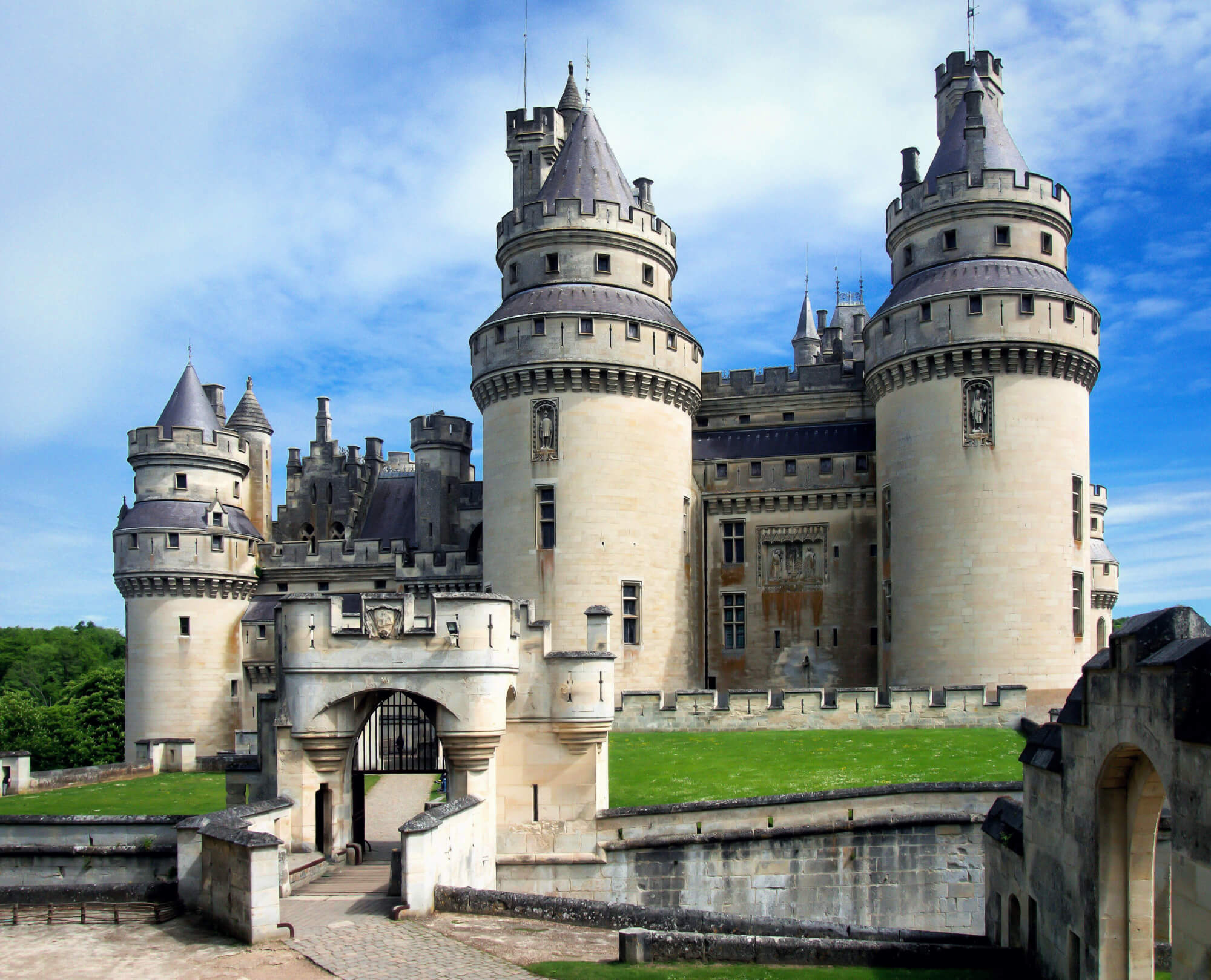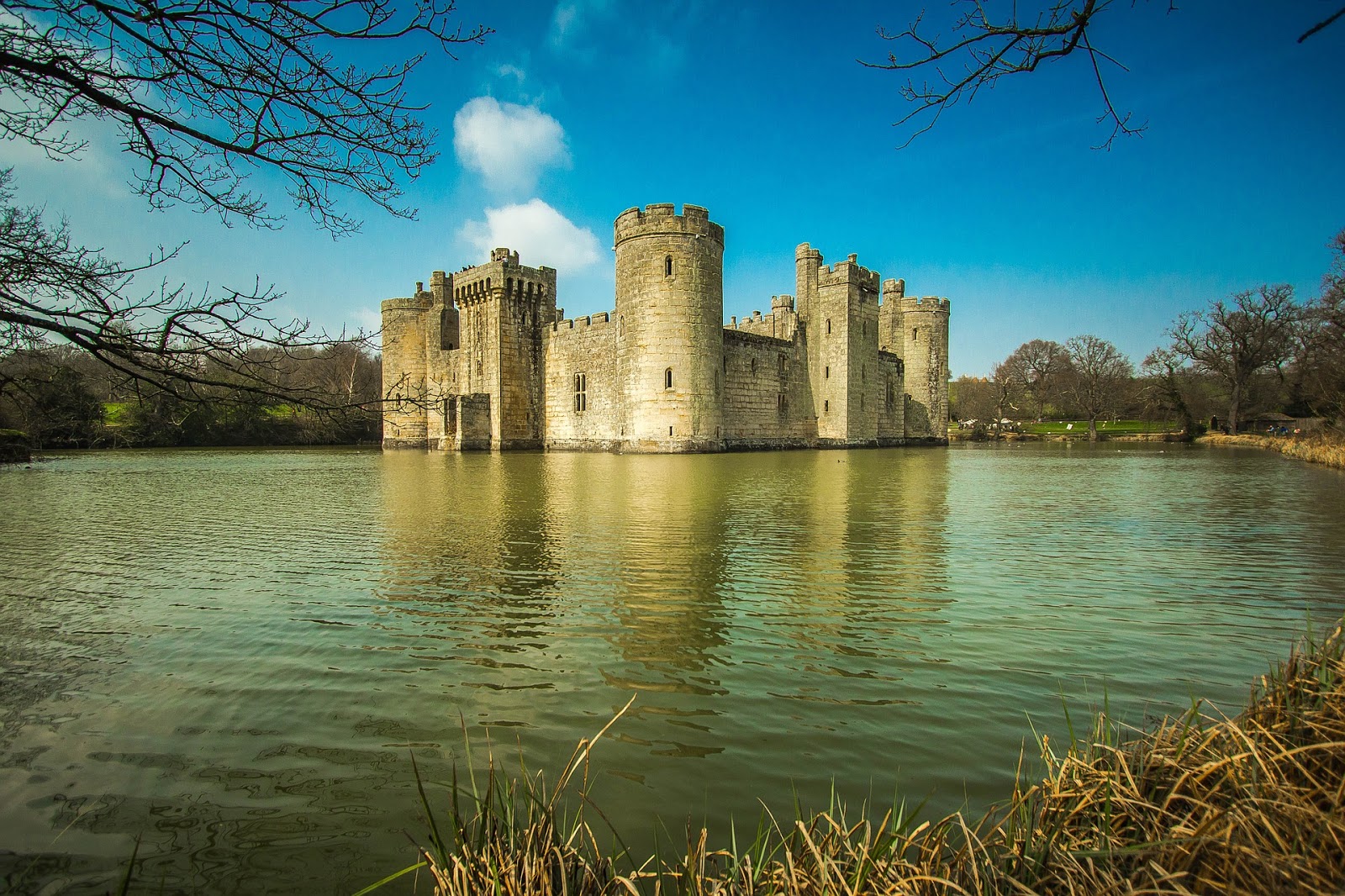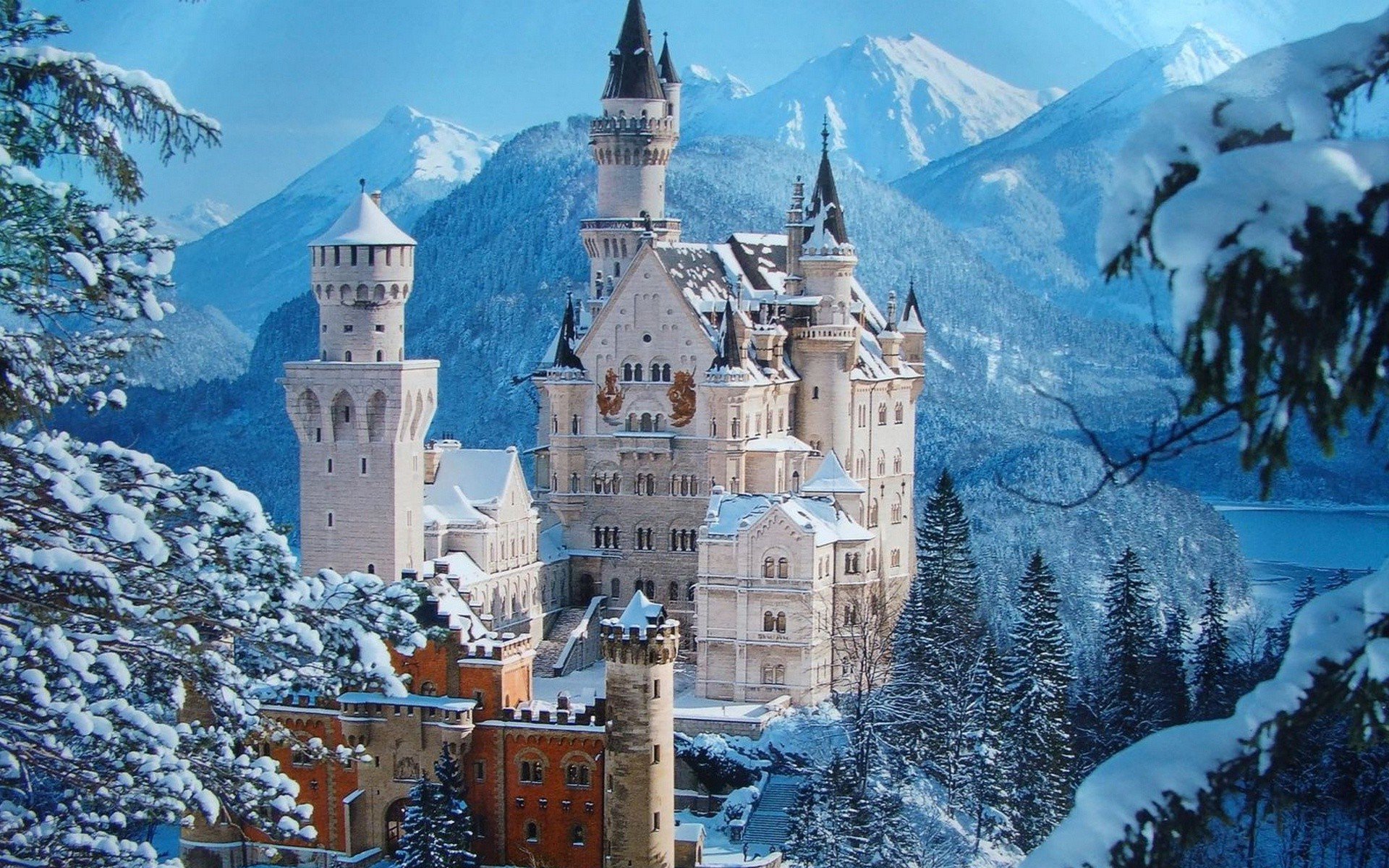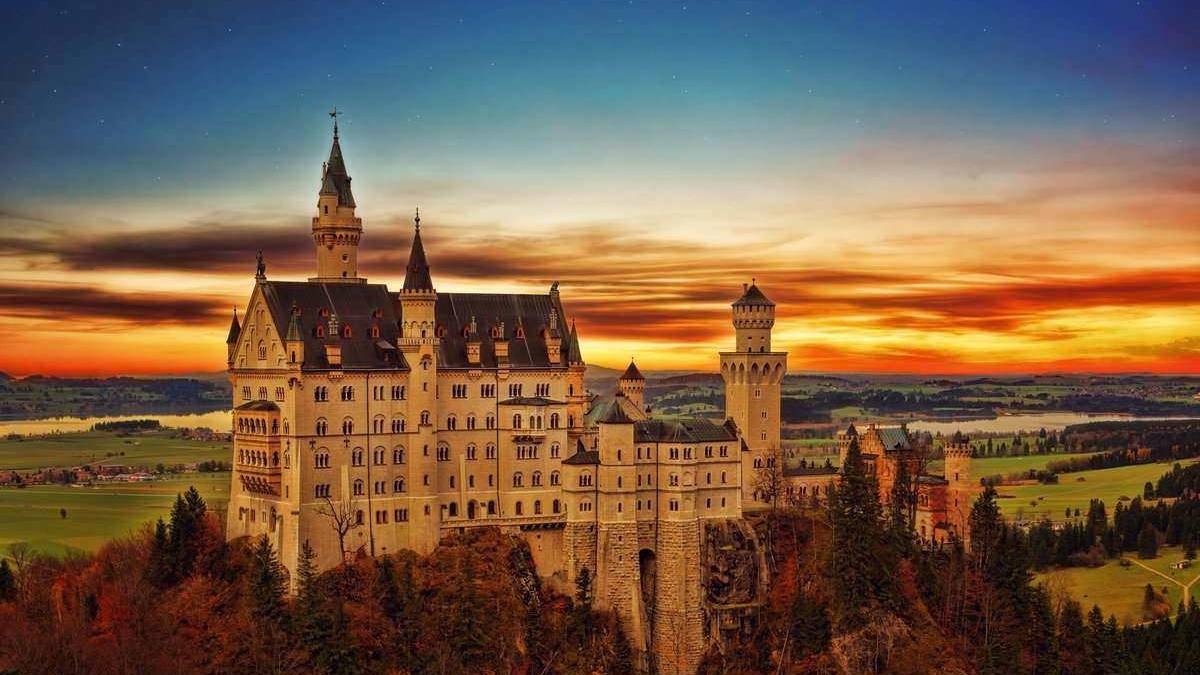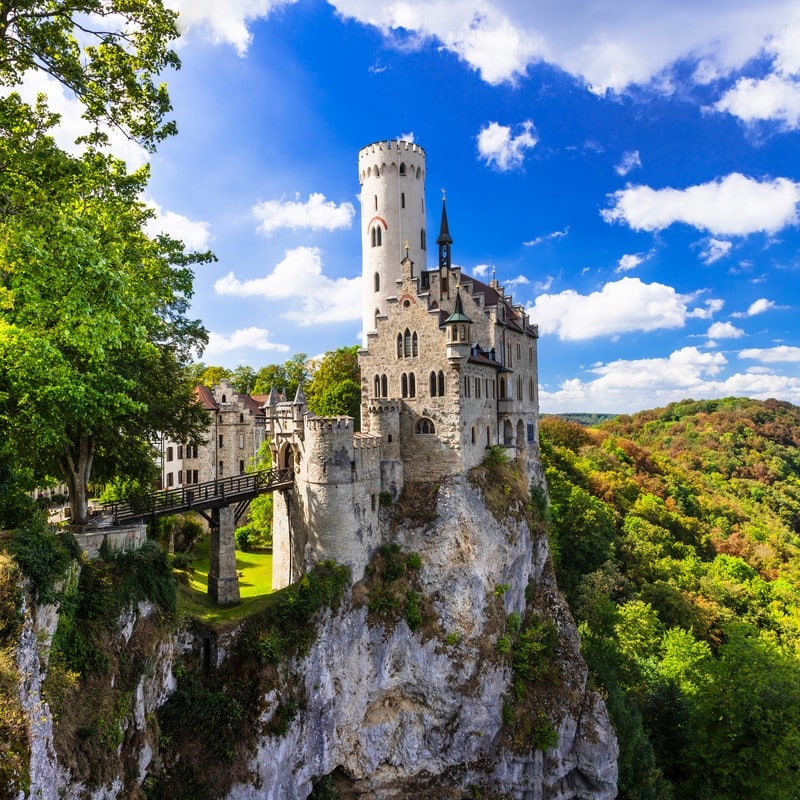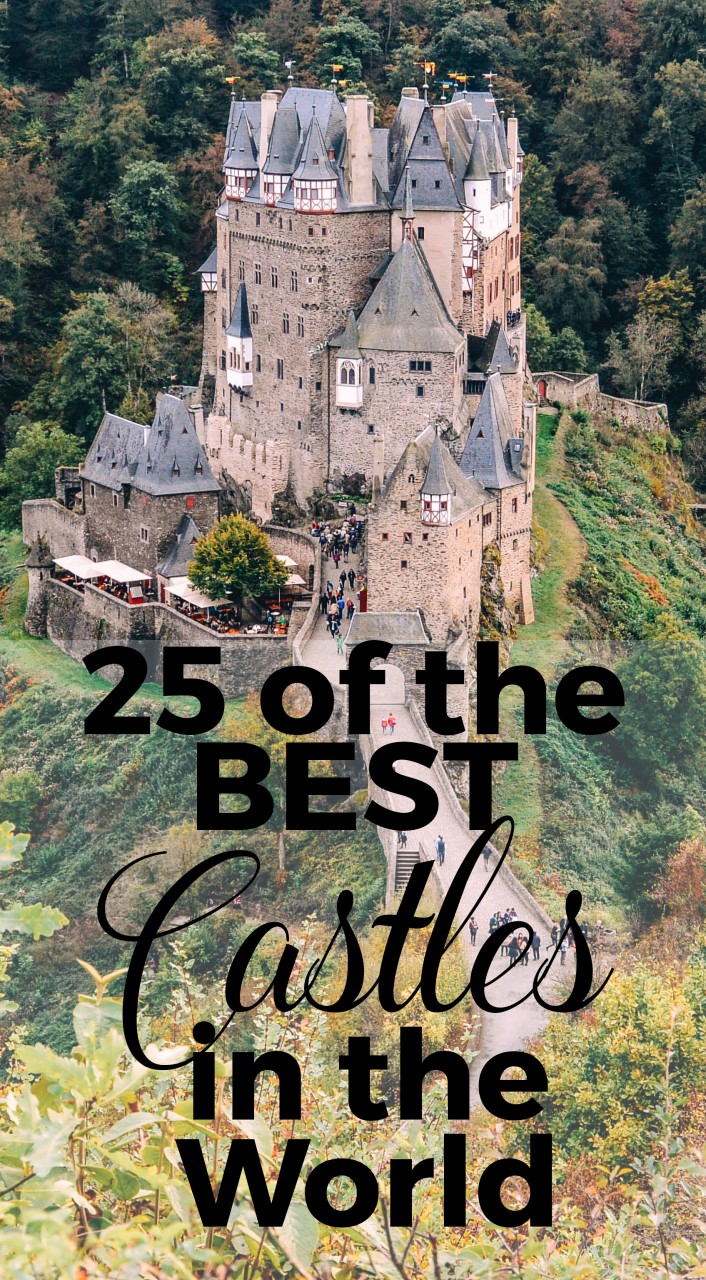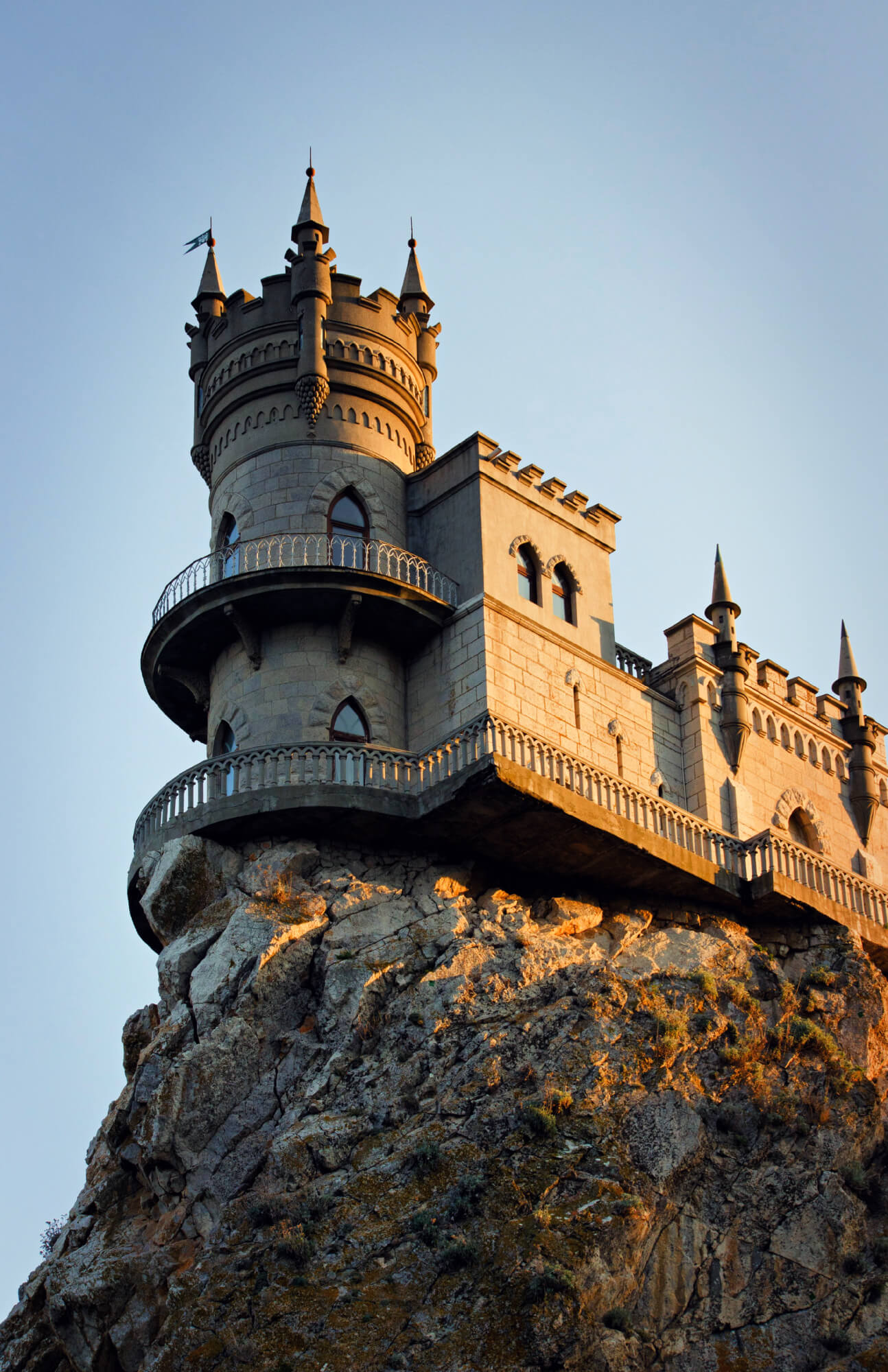Most Famous Castle In The World
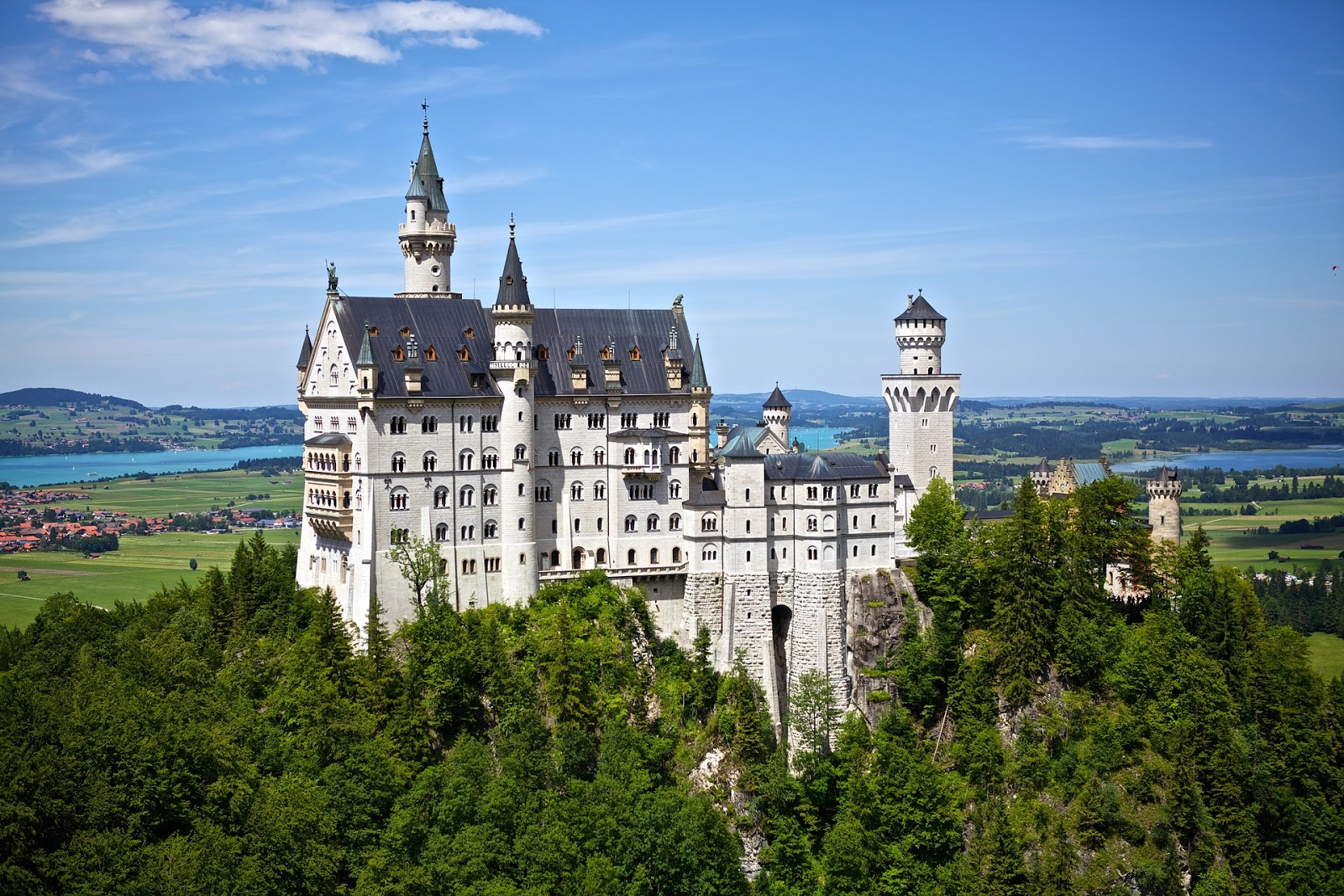
Imagine mist swirling around ancient stone, the echo of trumpets long silenced, and the ghosts of kings and queens watching from turret windows. The air is thick with history, whispering tales of power, romance, and intrigue. This isn't a scene from a fairy tale; it's a glimpse into the reality surrounding perhaps the most famous castle in the world.
This article delves into the history, architecture, and enduring appeal of Windsor Castle, a royal residence steeped in over 900 years of British history and a symbol of the enduring legacy of the monarchy.
A Royal Foundation: From William the Conqueror to Today
The story of Windsor Castle begins not with grand ballrooms and opulent state apartments, but with a strategic military decision.
Following the Norman Conquest in 1066, William the Conqueror recognized the need for a ring of defensive structures around London, and so, in approximately 1070, construction began on a motte-and-bailey castle overlooking the River Thames.
This early incarnation of Windsor was a far cry from the imposing stone fortress we know today; it was built primarily of wood, a pragmatic choice for speed and resource availability.
Over the centuries, Windsor Castle underwent a series of transformations, reflecting the changing tastes and needs of successive monarchs.
Henry II replaced the original wooden structure with stone in the 12th century, marking a significant step towards the castle's enduring solidity.
Edward III further expanded and enhanced the castle in the 14th century, transforming it into a magnificent Gothic palace.
The castle continued to evolve through the Tudor and Stuart periods, with each monarch leaving their mark on its architecture and interior design.
Charles II, in particular, invested heavily in renovating the State Apartments, imbuing them with the Baroque splendor that still impresses visitors today.
Architecture and Highlights: A Castle of Many Facets
Windsor Castle is not a single monolithic structure, but rather a complex of buildings and courtyards spanning a vast area.
The castle is divided into three main areas: the Upper Ward, the Middle Ward, and the Lower Ward, each with its own distinct character and purpose.
The Upper Ward
The Upper Ward is home to the State Apartments, the most opulent and lavishly decorated part of the castle.
These apartments are used for official state occasions, such as banquets and receptions, and are filled with priceless works of art, including paintings by Rembrandt, Rubens, and Van Dyck.
St. George's Hall, the largest room in the castle, is a particularly impressive space, with its vaulted ceiling and displays of heraldry.
The Middle Ward
The Middle Ward is dominated by the Round Tower, a prominent landmark that rises from the center of the castle.
Originally built by Henry II, the Round Tower was later heightened in the 19th century and now serves as a symbol of the castle's enduring strength and stability.
The flagpole atop the Round Tower indicates the monarch's presence; when the Royal Standard is flying, it signifies that the Sovereign is in residence.
The Lower Ward
The Lower Ward is home to St. George's Chapel, one of the finest examples of Perpendicular Gothic architecture in England.
This magnificent chapel is the spiritual home of the Order of the Garter, the oldest and most prestigious order of chivalry in Britain, and has been the site of numerous royal weddings and funerals.
Ten monarchs are buried within its walls, including Henry VIII and Charles I.
More Than Just a Building: Windsor's Cultural Significance
Windsor Castle is more than just a beautiful building; it is a living, breathing part of British history and culture.
For centuries, it has served as a royal residence, a symbol of national identity, and a venue for important state occasions.
The castle has witnessed countless significant events, from royal births and weddings to state visits and national celebrations.
During times of national crisis, Windsor Castle has served as a safe haven for the royal family and a symbol of resilience and continuity.
During both World Wars, the castle provided refuge for the royal family, offering a sense of stability and hope to the nation.
In 1992, a devastating fire swept through Windsor Castle, causing extensive damage to the State Apartments.
The fire was a national tragedy, but it also provided an opportunity to restore and enhance the castle for future generations.
A meticulous restoration project, which lasted for five years, returned the State Apartments to their former glory and incorporated modern amenities while preserving the castle's historic character.
A Living Legacy: Windsor Castle Today
Today, Windsor Castle remains an active royal residence and a popular tourist destination.
Visitors from around the world flock to Windsor to marvel at its architecture, explore its history, and catch a glimpse of royal life.
The castle offers a variety of tours and exhibitions, allowing visitors to learn about its history, admire its art collection, and explore its beautiful gardens.
The Changing of the Guard ceremony, a colorful display of military precision, is a popular spectacle that takes place regularly in the castle's quadrangle.
Windsor Castle also plays an important role in the local community, hosting events and supporting charitable organizations.
The Royal Collection Trust, which manages Windsor Castle and other royal residences, is committed to preserving the castle's heritage and making it accessible to the public.
Windsor Castle, with its towering walls and timeless elegance, continues to stand as a testament to the enduring power of history and the enduring allure of royalty. Its stones whisper tales of kings and queens, battles and banquets, and the ever-evolving story of a nation.
As visitors wander through its halls and courtyards, they are not just seeing a building; they are experiencing a living legacy, a tangible connection to the past that continues to shape the present.
The echoes of history resonate within its walls, reminding us that Windsor Castle is not just a castle, but a symbol of enduring strength, unwavering tradition, and the captivating magic of the British monarchy.
